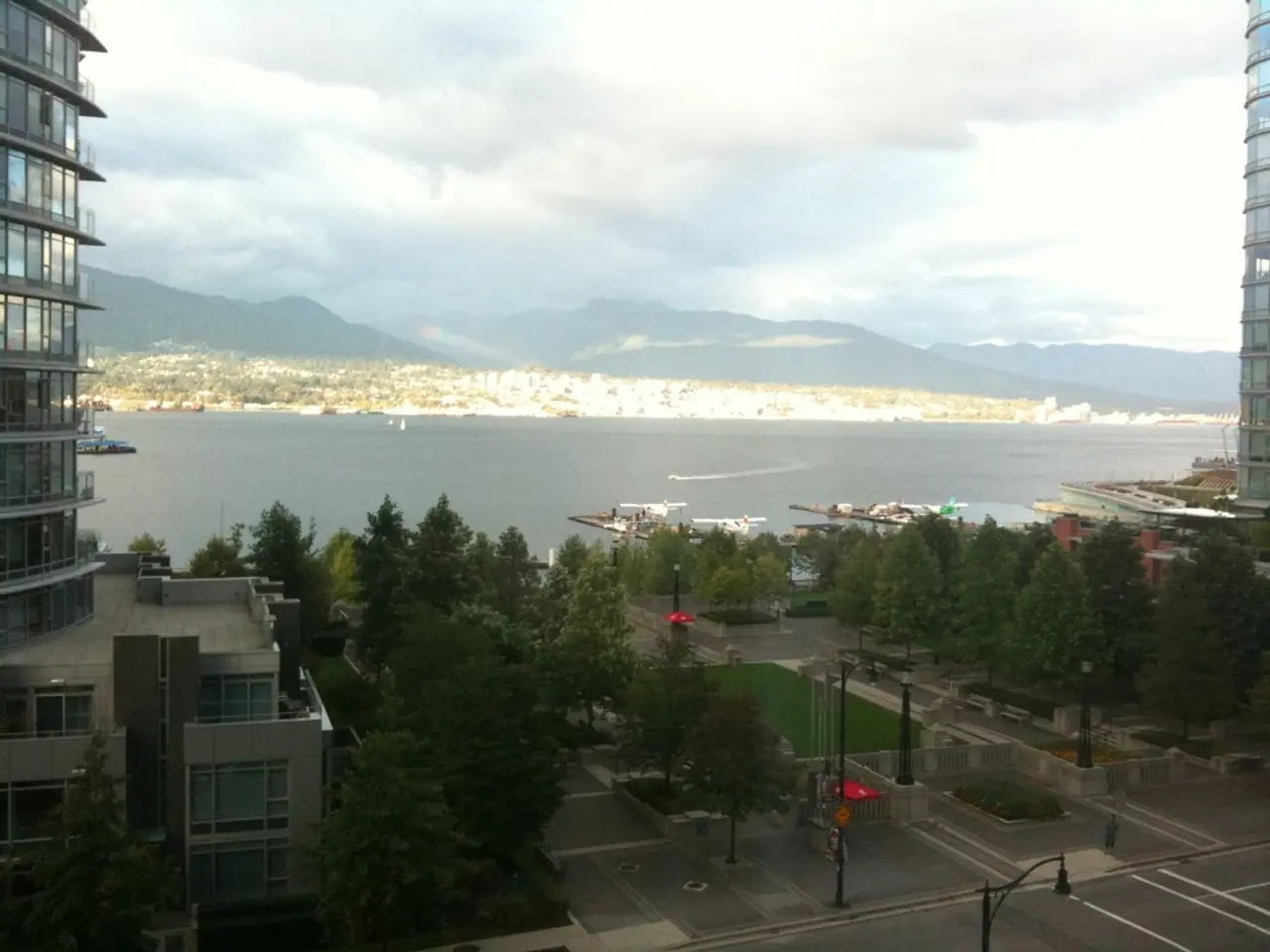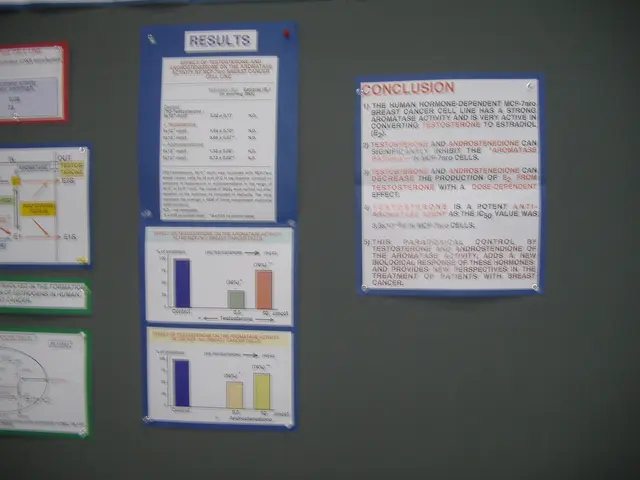Egypt's untamed coastline faces potential peril due to pending tourism agreement
In the heart of Egypt's Wadi Al-Gemal National Park, a contentious issue has arisen: the proposed construction of a resort at Ras Hankorab. This project, which involves a contract between an unnamed government entity and an investment company, has sparked legal and environmental concerns, public outcry, and petitions to "Save Hankorab."
The current status of the project is that construction has been halted, offering some reassurance for now. However, the legal uncertainties surrounding the contract and the identity of the responsible company remain unresolved. parliamentary requests for details have gone unanswered, and insiders suggest that the plans remain alive.
The controversy revolves around potential violations of the nature reserves law, as no environmental impact report has been produced for the proposed resort construction. Access to Ras Hankorab has changed, with entry fees increasing fivefold, new facilities such as toilets and sun loungers added, and a café and restaurant promised. A newly built gate marked "Ras Hankorab" now stands at the site, but tickets do not name the issuing authority.
Wadi Al-Gemal National Park, home to some of the last undisturbed natural beaches on the Southern Red Sea coast, is under threat. The park's coral gardens, inhabited by endangered green turtles, are considered among the most resilient to climate change in the world. However, the proposed resort construction poses risks to this pristine ecosystem.
Egypt, with its 3,000 kilometers of coastline, is betting on tourism as a revenue source. A $35-billion deal with the United Arab Emirates to develop Ras Al-Hekma on the Mediterranean sets the tone for this ambitious plan. Cairo aims to attract 30 million visitors by 2028, double today's numbers. However, the UNDP has warned that Egyptian tourism growth has largely been at the expense of the environment.
President Abdel Fattah El-Sisi has allocated 174,400 square kilometers (67,300 square miles) of Red Sea land to the finance ministry to help cut public debt. Yet, the proposed resort construction at Ras Hankorab raises questions about the balance between economic development and environmental preservation.
MP Maha Abdel Nasser has sought answers from the environment ministry and the prime minister but received none. Thousands of people have signed a petition to "Save Hankorab" in response to the proposed resort construction. An employee reported that before the project, there were only a few umbrellas and unusable bathrooms at the site.
The legal status of the contract for the resort construction is questionable, as it was signed with a government entity other than the one managing the reserve. In March 2021, excavators arrived at Ras Hankorab within Wadi Al-Gemal National Park, causing alarm among reserve staff and conservationists.
The fate of Ras Hankorab and Wadi Al-Gemal National Park remains uncertain. As the controversy continues, the focus remains on preserving one of Egypt's last pristine Red Sea beaches and the park's unique ecosystem.
- The proposed construction of a resort at Ras Hankorab, located in Egypt's Wadi Al-Gemal National Park, has sparked concerns about environmental preservation and impacts on the unique coastal ecosystem.
- The controversy surrounding the proposed resort construction revolves around potential violations of the nature reserves law, as no environmental impact report has been produced.
- An employee reported that before the project, there were only a few umbrellas and unusable bathrooms at the site, suggesting a significant change in the area.
- In response to the proposed resort construction, thousands of people have signed a petition to "Save Hankorab," while parliamentary requests for details have gone unanswered.
- President Abdel Fattah El-Sisi's allocation of Red Sea land to the finance ministry for economic development has raised questions about the balance between development and environmental preservation, particularly in light of the proposed resort construction at Ras Hankorab.




